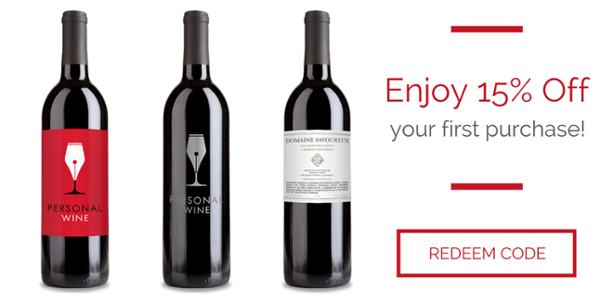The holiday season means food, wine, and more food. Red wine is the perfect pairing for your beef roast this winter. Follow this infographic from winefolly.com to really understand the red wine flavor profiles. Don’t forget to grab a bottle! Well, let’s be real, you can’t just have one.
Each wine is valued based on body, red fruit, black fruit, floral, herbaceous, pepper, earth, baking spice, leather, and astringency. What do all these words mean:
- Body: Used to describe the overall "heaviness" of the wine. For example, a Cabernet Sauvignon is going to be heavier in flavor than a Pinot Noir.
- Red fruit: These include your red fruits, such as strawberries, raspberries, and cherries.
- Black fruit: These include your blackberries, black currents, blueberries, and plums.
- Floral: This can be taken very literally, in that these include the aromas you get when flowers are in bloom.
- Herbaceous: These tasting notes include things such as cut grass and trimmed hedges. In a good wine, these should be subtle but add a depth of flavor to the red wine.
- Pepper: Self-explanatory
- Earth: With these notes, the wine drinker should be tasting things similar to earthy flavors, such as forest floor and mushrooms.
- Baking spice: These include things you would typically cook dishes with such as vanilla and dill.
- Leather: Self-explantory
- Astringency: This term is very closely related to the amount of tannin in the wine, so how much a wine makes your mouth pucker. This depends on the amount of skin and seeds in the wine and is typically associated with a heavier red wine.


